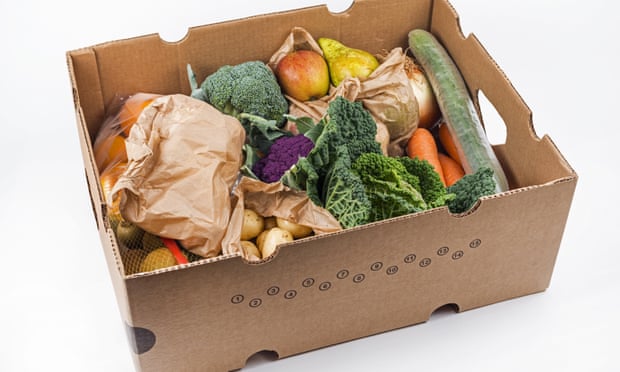
Harm Reduction: A Practical Approach to Addiction Treatment
The journey of overcoming addiction is complex and multifaceted, requiring not just willpower but also the right set of strategies and support. Among these strategies, harm reduction has emerged as a pragmatic approach to addiction treatment. This methodology doesn’t just focus on stopping substance use; it also emphasizes reducing the negative consequences associated with it. In this discussion, we delve into what harm reduction entails and why it’s considered an effective strategy in the realm of addiction treatment.
Understanding Harm Reduction
Harm reduction is a set of practical strategies aimed at reducing the negative consequences of drug use. It’s built on a belief in, and respect for, the rights of people who use drugs. This approach understands that while total abstinence may be the ideal goal, it isn’t always a realistic or immediate option for everyone.
Key Principles of Harm Reduction
- Focus on Health and Dignity: It prioritizes the health and dignity of individuals, acknowledging that they are more than their drug use.
- User Involvement: It involves users in the creation and implementation of policies or programs that serve them.
- Practical Solutions: Harm reduction emphasizes practical solutions over moral or legal judgments.
Benefits of Harm Reduction
Harm reduction offers numerous benefits:
- Reduces the Risk of Disease Transmission: By providing clean needles or safe consumption spaces, it minimizes the risk of diseases like HIV or Hepatitis C.
- Improves Access to Treatment: By not requiring abstinence, it opens doors for more individuals to seek help.
- Supports Mental Health: It addresses the psychological aspects of addiction, often providing counseling or therapy alongside other services.
For a deeper understanding of harm reduction principles and their application, the Harm Reduction Coalition offers comprehensive resources and insights.
Implementing Harm Reduction in Treatment
Incorporating harm reduction into addiction treatment requires a shift in perspective from traditional methods. Here are some ways it can be integrated:
- Medical Detox: A crucial first step in many recovery journeys is medical detox, where individuals are safely weaned off substances under medical supervision, reducing the risk of severe withdrawal symptoms.
- Medication-Assisted Treatment (MAT): This combines medication with counseling and behavioral therapies to treat substance use disorders.
- Safe Use Education: Educating individuals on safer use practices can significantly reduce harm even if substance use continues.
Challenges and Criticisms
Despite its benefits, harm reduction faces criticism, primarily from those who believe it enables drug use. However, evidence suggests that harm reduction strategies do not increase drug use but rather provide a pathway to recovery and better health outcomes.
Conclusion
Harm reduction is not a one-size-fits-all solution, but it offers a compassionate, pragmatic, and effective approach to addiction treatment. It acknowledges the complexities of addiction and provides a spectrum of options to help individuals at various stages of their journey. By focusing on reducing harm, it not only saves lives but also paves the way for healthier communities.
For further exploration into harm reduction strategies and their effectiveness, the National Harm Reduction Coalition is a valuable resource.
Harm reduction, with its emphasis on health, dignity, and practical solutions, remains a critical component in the evolving landscape of addiction treatment, offering hope and support to many on their path to recovery.





